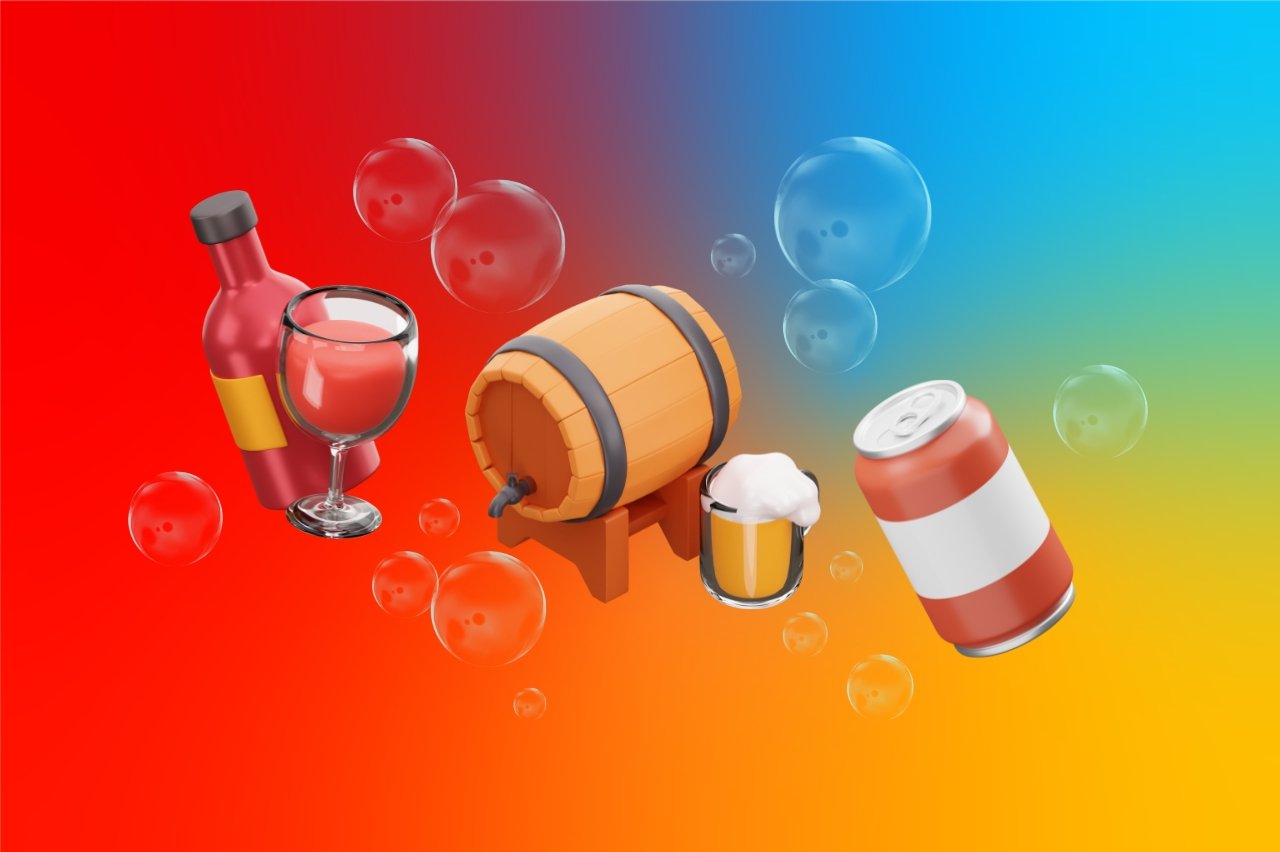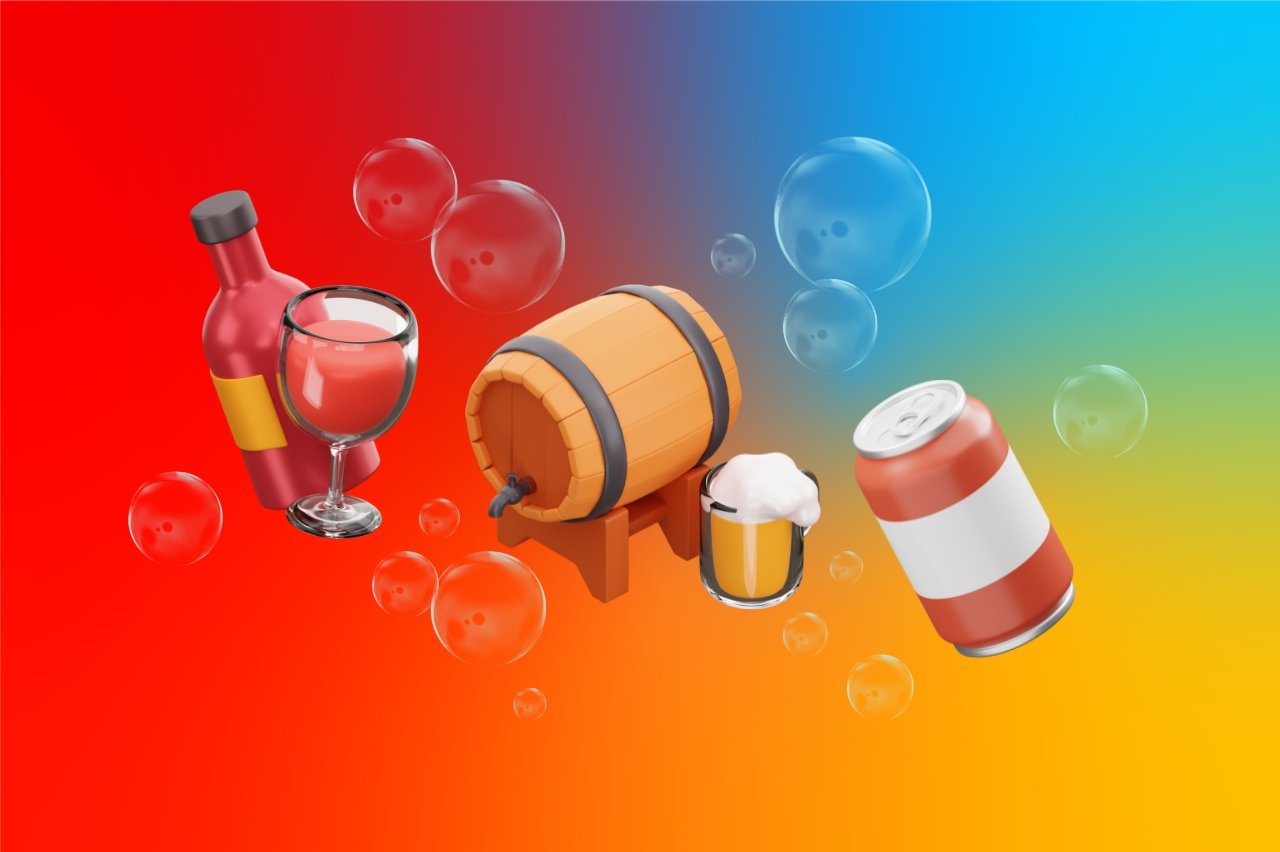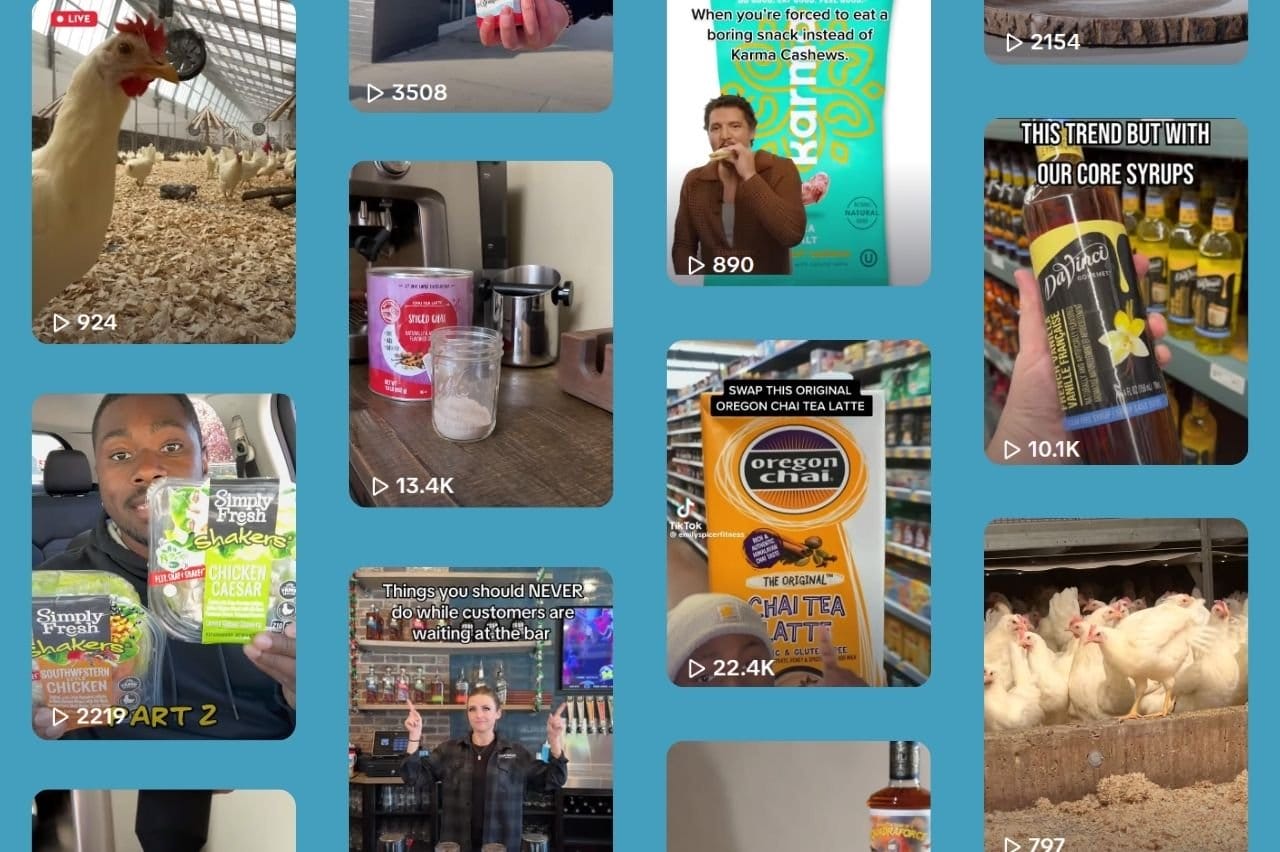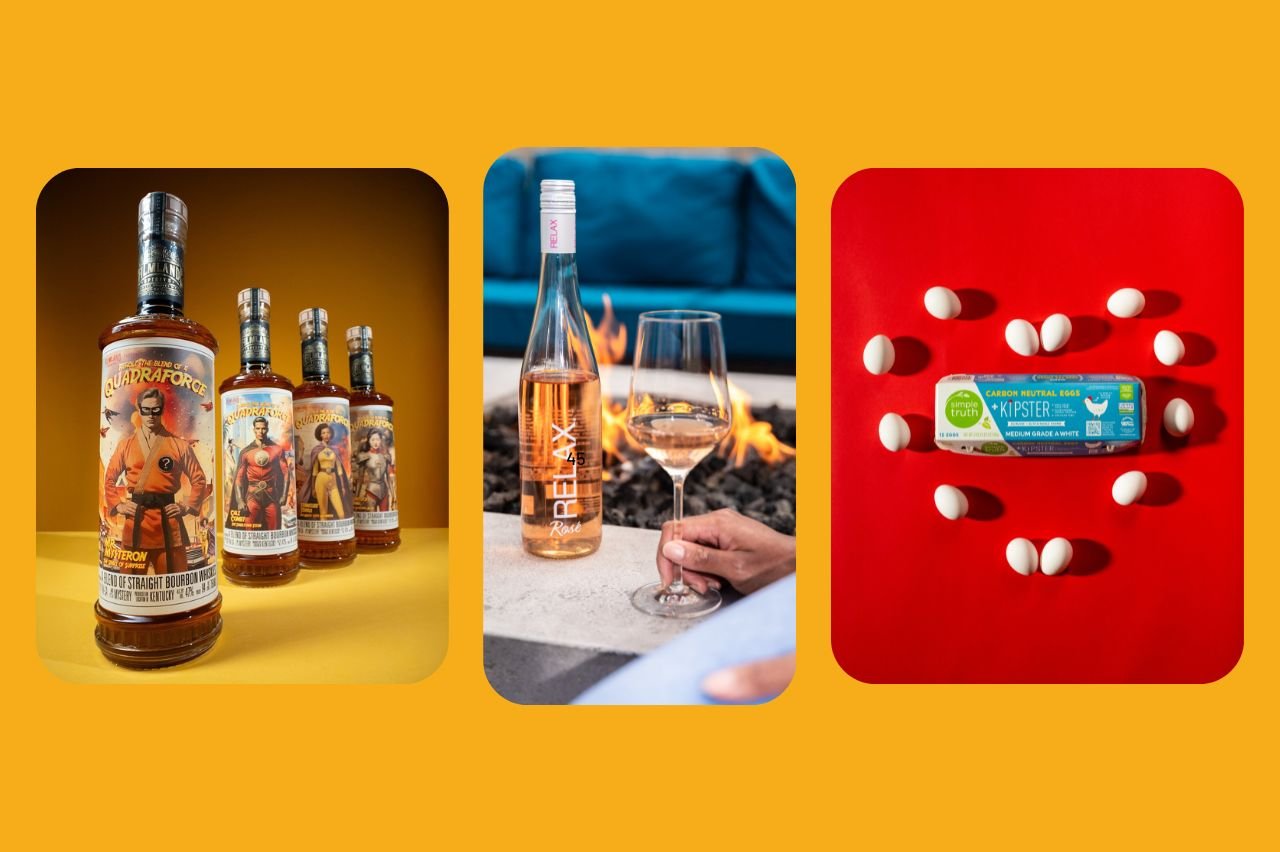Industry Pushes Changes In Marketing RTD

Last year saw a significant rise in partnerships between alcohol and non-alcohol beverage brands. Liquor and beer brands have increased their collaborations with soft drinks, juice, and sparkling water. These RTD offerings, or the “ready to drink” alcohol market, are an emerging and valuable subsection of growth for the beverage industry in the coming years.
Soda sales continue to diminish, dropping 26% in the carbonated category overall – a major decline in volume. In comparison, crossover brand sales continue to rise, including offerings from Molson Coors and Anheuser-Busch. Best selling mixes include Hard Man Dew, Simply Spiked Lemonade, and Topo Chico Hard Seltzer.
The spirits industry has had a long track record in efficiently self-regulating and marketing beverages in a responsible and ethical manner. According to the FTC, self-regulation is a “realistic, responsive, and responsible approach to many of the issues raised by underage drinking” and these firms “brings the accumulated experience and judgment of an industry to bear without the rigidity of government regulation.” With the rise in RTD, companies have developed new guidelines to assist both suppliers and retailers in responsible marketing and merchandising.
Ratifications in how RTD is marketing comes following calls by distributors to the Alcohol and Tobacco Tax and Trade Bureau this month, concerned that RTD offerings utilize “slotting fees” in their placement at retails. This is an option purely alcohol beverages do not have. Currently, soft drinks and alcohol variants are often combined in the same refrigerated case at retail.
A new code from Beer Institute — a leading beer industry trade group — is meant to clear up a bit of confusion. The rest of the industry is likely to follow. The code states that advertising, packaging, and marketing materials for alcoholic variants of non-alcohol products will be distinguishable to non-alcoholic offerings. Advertising and marketing materials that involve displays, signage, and sampling will no longer feature both the non-alcohol product and the alcohol variant.
Liquor industry trade group Distilled Spirits Council of the U.S. (or Discus) has followed suit, imposing their own changes. Their drinks include the highly anticipated Jack & Coke — an official combo between Coca-Cola and Brown Forman.
Already, marketing RTD requires strategic planning and sophistication to understand their overall scope, balancing both local and national marketing with the brand. State laws create differing availability decisions on where these cans are permitted to sell and how they are marketed. Some state convenience stores allow beer seltzers, but not spirits-based interpretations; other locations analyze the ABV of the packaging before ruling on placement.
Overall, the new wave of portable cocktails and spirit-based seltzers are the hottest trend in alcohol. Millennials and Gen Z are attracted to convenience, popping a can and pouring anywhere and everywhere. The appeal has prompted countless of legacy and new liquor companies on a race to find ways to get their brands into cans, and form new partnerships along the way.
RTDs are projected to be responsible for 8% of the total world’s total alcohol beverage market by 2025.
We’ve helped countless in the food and beverage space. If you have an RTD you need marketed, let Firebelly Marketing help your brand.



